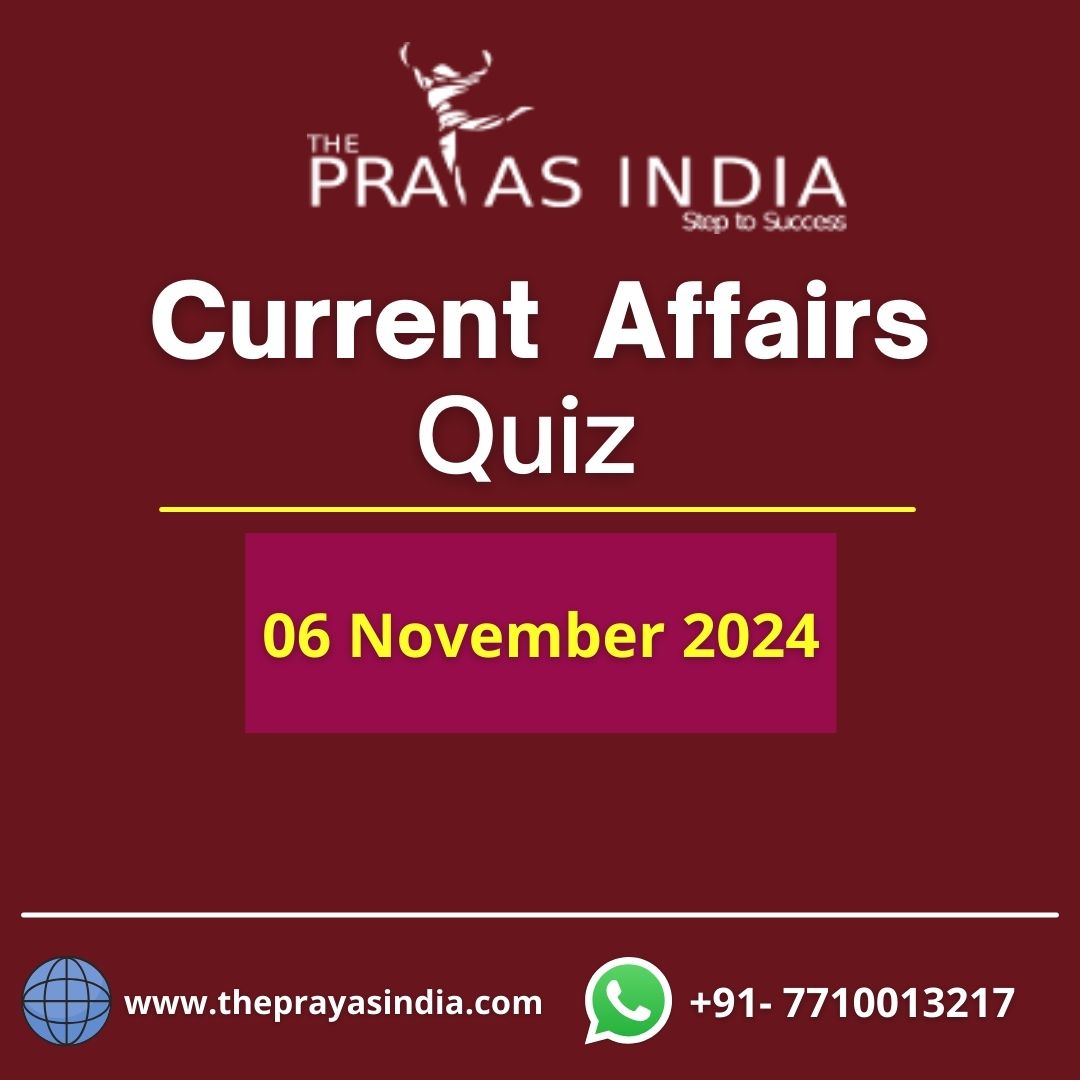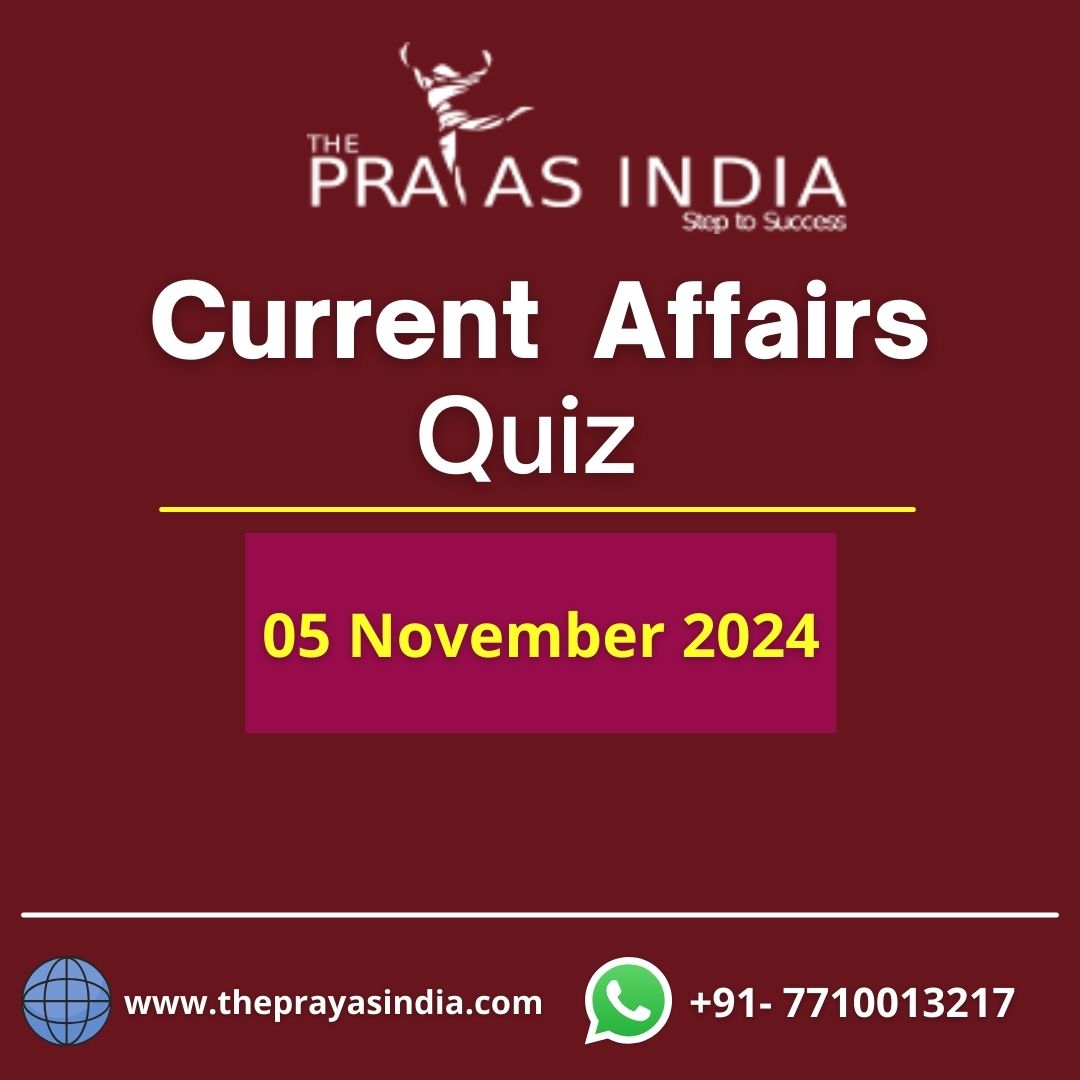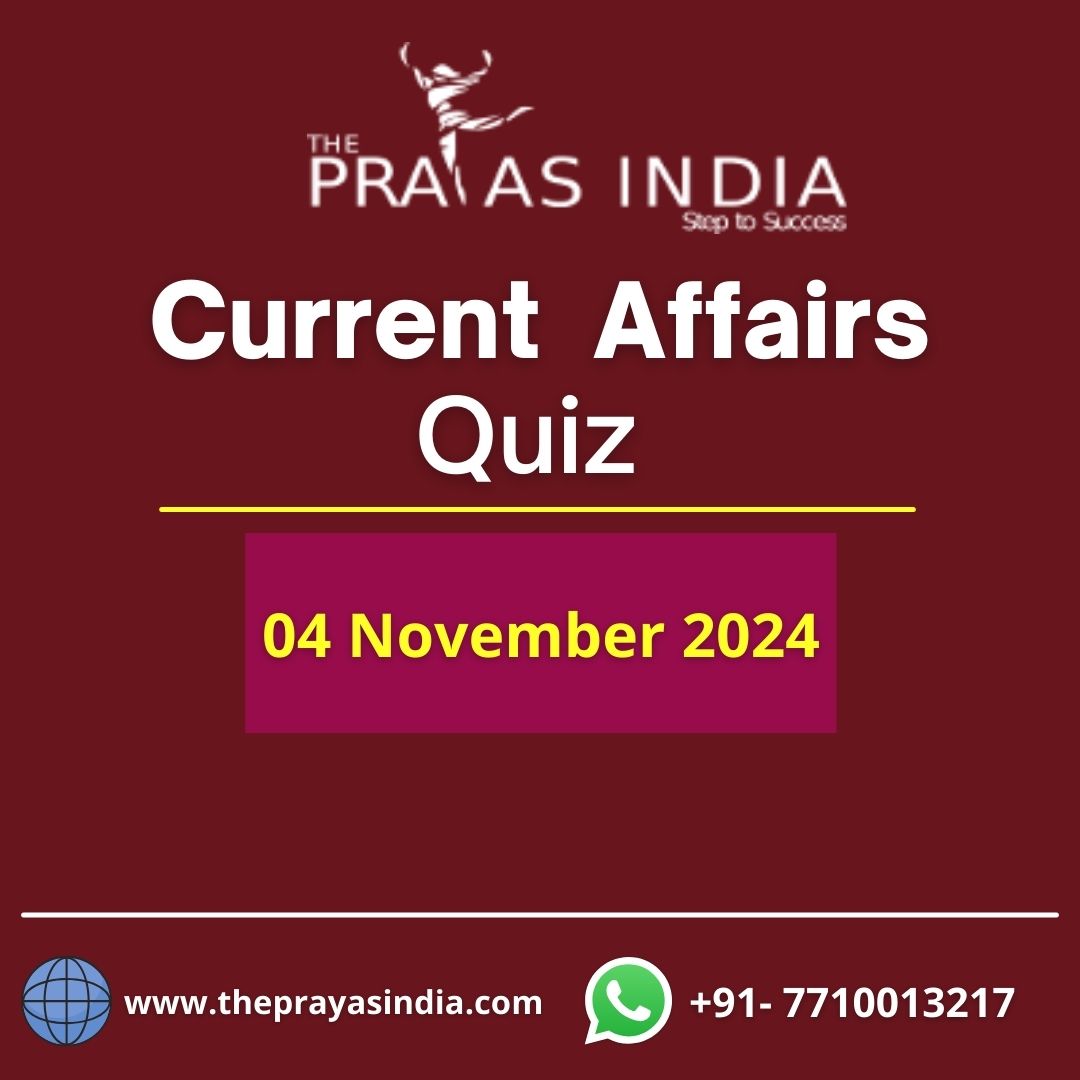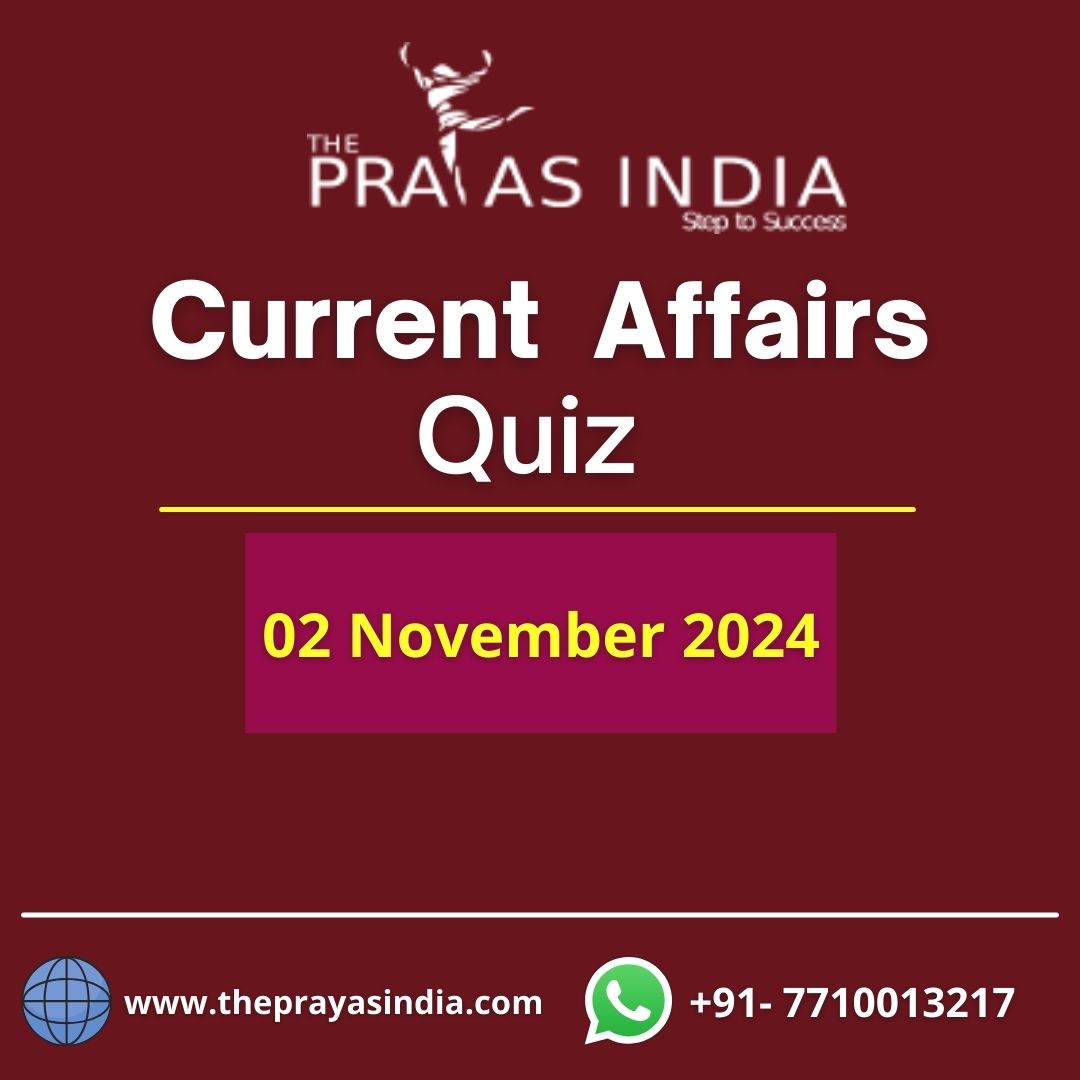Q1. Which magazine was edited by Rabindranath Tagore?
(a) People
(b) Amritbazar Patrika
(c) Ganashakti
(d) Bangadarshan
Ans: (d)
Explanation:
- Context: The West Bengal Assembly has declared Poila Baishakh (April 15), the first day of the Bengali calendar, as the statehood day and designated Rabindranath Tagore’s “Banglar mati, Banglar jol” as the state anthem.
- Bangadarsana was a Bengali literary magazine edited by Bankimchandra Chattopadhyay and later by Rabindranath Tagore.
Q2. What are Dark Patterns in the context of user experience and digital design?
(a) Dark Patterns are design techniques that prioritize user convenience and transparency.
(b) Dark Patterns are ethical design practices aimed at maximizing user engagement.
(c) Dark Patterns are intentionally deceptive and manipulative design strategies that trick users into taking actions they did not intend to.
(d) Dark Patterns are design principles that promote accessibility and inclusivity.
Ans: (c)
Explanation:
- Dark Patterns involve intentionally deceptive design strategies. They can include tactics like hiding or misleading information, making it difficult to opt out of services, or creating a sense of urgency to pressure users into actions they may not want to take.
Q3. What is the Incremental Cash Reserve Ratio (CRR)?
(a) It is the interest rate set by central banks for loans to commercial banks.
(b) It is the percentage of a bank’s total deposits that must be kept in reserve with the central bank.
(c) It is the rate at which banks can borrow money from each other in the interbank market.
(d) It is the additional reserve requirement imposed by the central bank on banks to control inflation.
Ans: (d)
Explanation:
- The Incremental Cash Reserve Ratio (CRR) is a tool used by central banks to control inflation. When inflation is rising, the central bank may increase the CRR, requiring banks to hold a higher percentage of their deposits in reserve. This reduces the amount of money banks can lend, which can help reduce overall spending and inflationary pressures in the economy.
- Context: The Reserve Bank of India (RBI) has announced the discontinuation of the incremental cash reserve ratio (I-CRR) in a phased manner.
- The I-CRR was aimed at absorbing surplus liquidity in the banking system, primarily due to various factors like the return of Rs 2,000 banknotes, government spending, and capital inflows.
About I-CRR:
- Banks are typically required to maintain 4.5 per cent of their Net Demand and Time Liabilities as CRR with the RBI.
- However, in periods of excess liquidity, the RBI can impose incremental CRR, which means that banks will have to park even more liquid cash with the RBI. This measure helps the central bank manage liquidity and acts as a buffer during times of stress in the banking system.
Q4. Global Biofuels Alliance is an initiative of the:
(a) OECD
(b) UNEP
(c) WEF
(d) None of the above
Ans: (d)
Explanation:
- Context: India is proposing the creation of a Global Biofuels Alliance, which is likely to be launched during the G20 summit.
- This initiative aims to accelerate the transition to sustainable biofuels and reduce the world’s dependency on traditional fossil fuels.
- India sees this alliance as a means to advance energy transitions in developing countries and promote a circular economy.
Q5. Consider the following countries:
Algeria
Egypt
Sudan
Tunisia
How many of the above-mentioned nations share borders with Morocco?
(a) Only one
(b) Only two
(c) Only three
(d) All four
Ans: (a)
Explanation:
- A powerful earthquake struck Morocco, affecting areas including the Atlas Mountains and the historic city of Marrakech. Earthquakes are relatively rare in North Africa, and this was described as the strongest ever recorded in the mountain region.
- Morocco lies along the boundary of the African and Eurasian tectonic plates. Here the two massive plates interact, and their movements can result in seismic activity.
- Morocco, a North African country bordering the Atlantic Ocean and Mediterranean Sea, is distinguished by its Berber, Arabian and European cultural influences.




